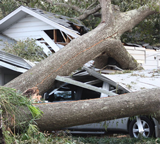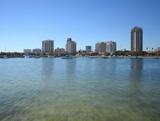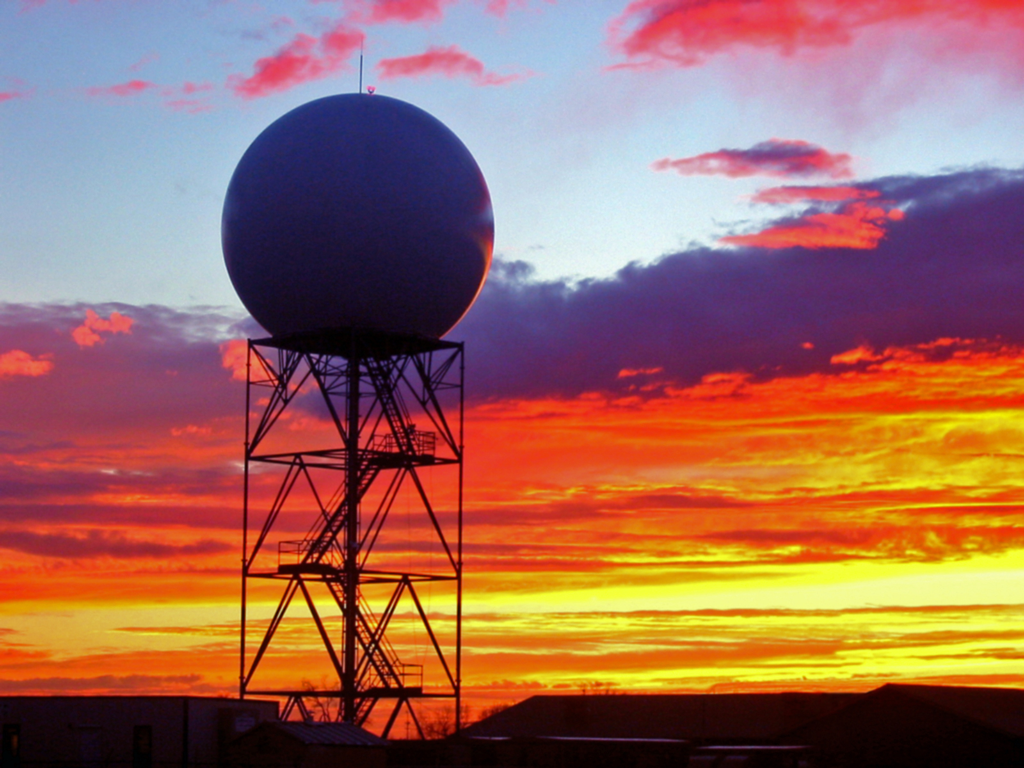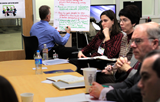 |
| In 2011, the country experienced the greatest number of multi-billion dollar weather disasters in the nation’s history |
Severe weather has dominated the headlines over the past couple of years. In 2011, record-breaking snowfall, cold temperatures, extended drought, high heat, severe flooding, violent tornadoes, and massive hurricanes have all combined to reach the greatest number of multi-billion dollar weather disasters in the nation’s history.
And things aren’t letting up. Right now, much of the United States is in the worst drought since the 1950s, and this year may be the warmest year on record for the country.
As the nation becomes more vulnerable to extreme weather, NOAA is working hard to meet that challenge through the Weather-Ready Nation initiative. Enhanced decision-support services coupled with upgraded technology and supported by the work of all our partners have all come together over the last year to make the country more Weather-Ready.
Empowered with life-saving decision support
One of the corner stones of a Weather-Ready Nation is people empowered with the information they need, in the way they need it to make fast, smart and life-saving decisions. This vision of empowerment is what fuels the six community-based pilot projects launched over the last year.
 |
| Pilot projects are now operational in six locations and range in focus from emergency response to integrated environmental support services. |
Pilot projects are now operational in Silver Spring, Md.; Fort Worth, Texas; Sterling, Va.; Slidell, La.; Tampa Bay, Fla.; and Charleston, W.Va., and range in focus from emergency response to integrated environmental support services. The pilot projects are helping these communities reach the highest level of preparedness and resilience to high-impact weather while sharing best practices and lessons learned with other offices across the country.
NOAA also launched a demonstration of Impact-Based Warnings at five Midwest Weather Forecast Offices. These warnings included a new impact statement to provide a description that recipients could relate to something they’ve seen or heard about from prior high-impact events, and thus be better motivated to seek shelter. As a result of the project, the U.S. Air Force moved 16 aerial refueling tankers from McConnell Air Force Base prior to the storms developing April 14, 2012. Later that evening, a mile-wide tornado moved across the runways at McConnell Air Force Base.
Better information for better decisions
 |
| NOAA’s nationwide implementation of dual-pol radar technology is now more than half way to completion |
Data flowing from a new generation of instruments onboard the Suomi NPP satellite, a joint NASA/NOAA mission, are being used in NOAA’s global numerical weather forecast system a record seven months after launch, nearly three times faster than previous missions. This data will improve NOAA’s weather prediction models for both short and long-term forecasts.
Here on the ground, NOAA’s nationwide implementation of dual-pol radar technology is now more than half way to completion. Dual-pol provides weather forecasters with enhanced information so they can more accurately track and assess weather systems and warn the public. Americans are benefiting from the new technology almost immediately after installation.
The advanced computing and connectivity capabilities of smart phones and tablets put relevant data from weather satellites, radars, and forecast models into the hands of nearly everyone in the country in a format that is easy to understand and share with others. Official weather warnings are now available via cell phones, Google Maps, and social media.
A national dialogue underway
Building a Weather-Ready Nation starts with internal actions at NOAA, but requires the participation and commitment of a vast nationwide network of partners.
 |
| The first in the series of National Dialogue events was held in Norman, Okla., last December |
The first in the series of National Dialogue events was held in Norman, Okla., last December where key actions were identified ranging from stronger integration of social and physical sciences in the extreme weather forecast and warning process to reduced false alarm rates and an assessment and update of warning dissemination.
As a follow-on a workshop was held in April, in Birmingham, Ala. Weather-Ready Nation: Imperatives for Severe Weather Research brought together more than 60 participants including civil engineers, economists, emergency managers, psychologists, public health providers, urban planners and more. Participants identified research recommendations in the areas of false alarms, misperception of forecasts and warnings, and other barriers to a Weather Ready Nation.
One need identified was stronger integration of social and physical sciences. To that end, NOAA has awarded funding for four, two-year research projects to better understand human behavior and affect decision-making during weather-related events and the formulation and communication of forecast uncertainty, or forecast confidence.
Your part in a Weather-Ready Nation
Because a truly Weather-Ready Nation requires the action of each person and community, NOAA’s National Weather Service is calling on all of us to Be a Force of Nature when it comes to extreme weather.
Being a force of nature means never bowing to extreme weather. It means taking appropriate actions before, during and after extreme weather. Even more than that, being a force of nature means inspiring others to do the same through setting an example in your community and social networks.
Just as one storm can devastate a community, one ready person can save a life. Together, we can make a difference.